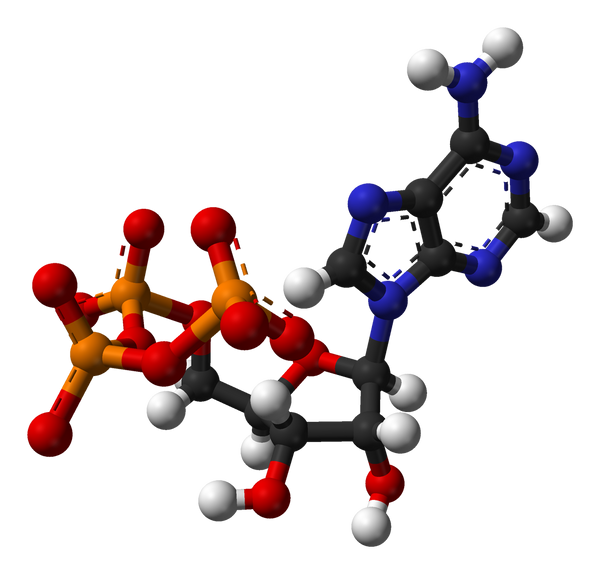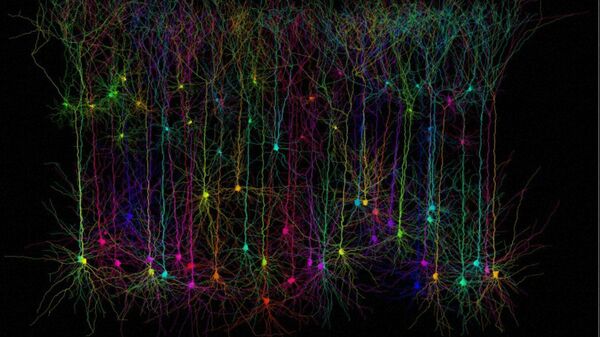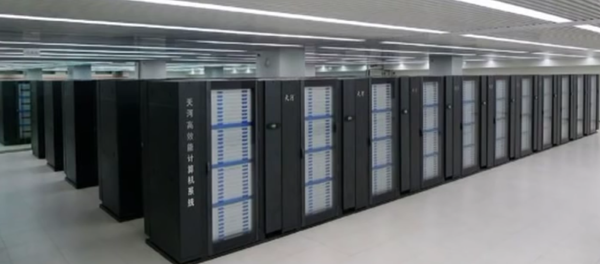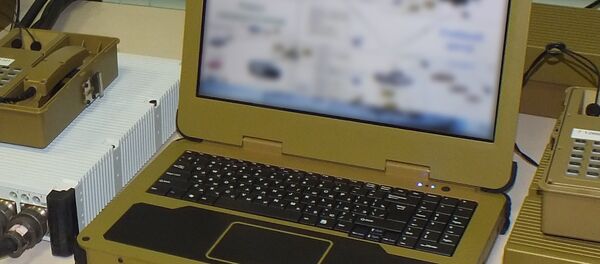The potentially revolutionary biological device is powered by adenosine triphosphate, protein strings, which the scientific community often refers to as the “molecular unit of currency.”
The bio supercomputer, which the team of developers refers to as a prototype, because it still needs some work done on it, will open the doors to the creation of future biological supercomputers that are not only small but also more sustainable.

The results of the joint work led by professor Dan Nicolau from Canada’s McGill University, were published this week in the journal PNAS.
“Now that this model exists as a way of successfully dealing with a single problem, there are going to be many others who will follow up and try to push it further, using different biological agents, for example,” the Modern Readers technology website quotes the scientist as saying.
In addition, it is very energy-efficient and doesn’t overheat like its non-biological counterparts do.
The researchers believe a more complete version may be on the cards, with the help of hybridization technology.
“One option for dealing with larger and more complex problems may be to combine our device with a conventional computer to form a hybrid device,” said Nicolau in his press statement. “Right now we’re working on a variety of ways to push the research further.”



